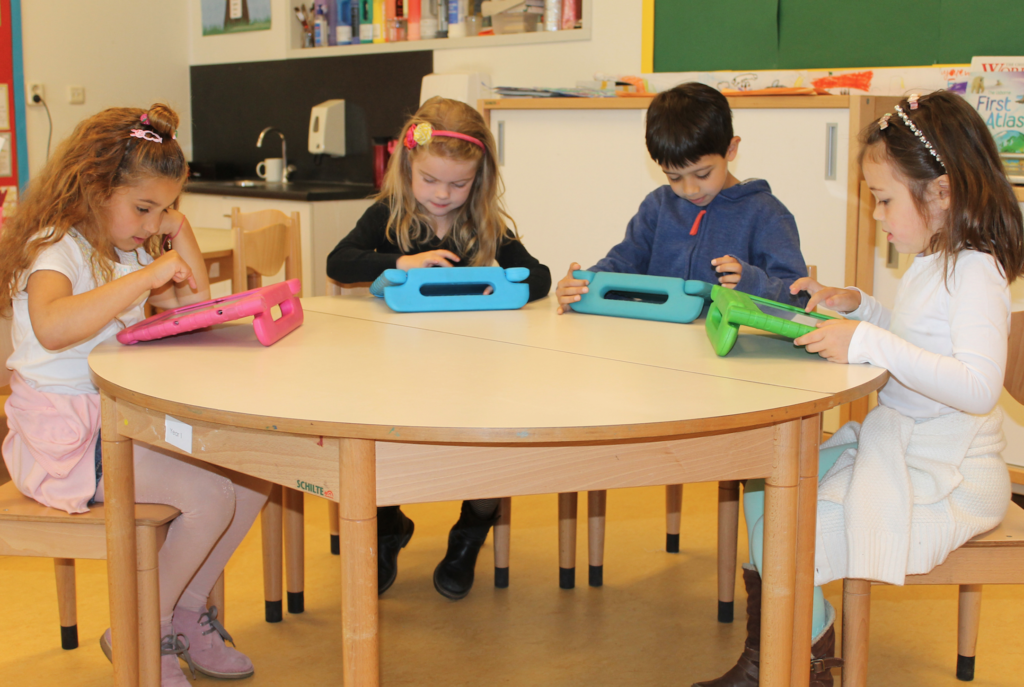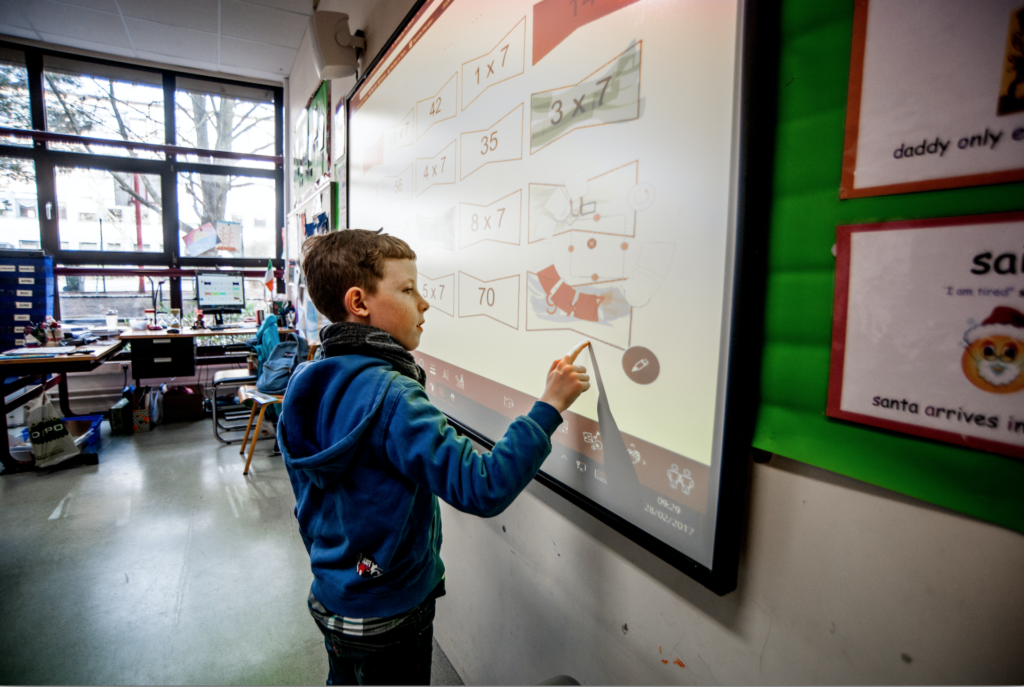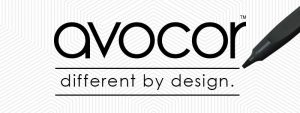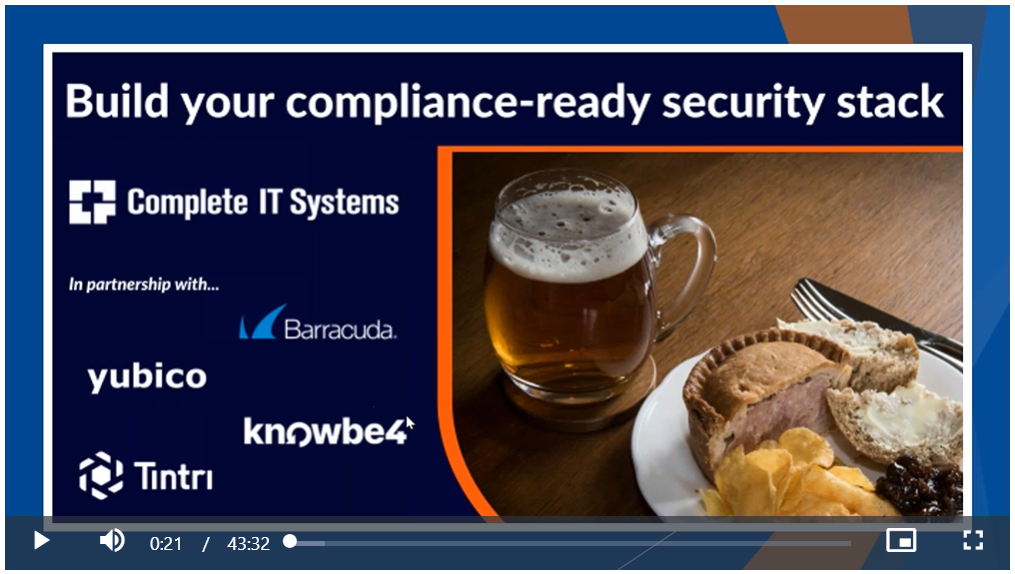
Over recent years, types of technology in the classroom have vastly improved. Increasing numbers of schools are turning away from traditional whiteboards, projectors, and textbooks and embracing interactive displays, and laptops and tablets instead. For educator’s technology is a fantastic way to modernise teaching strategies and offer the best possible learning experience to students.
In this second part of a two part series (you can see part 1 here), we’re going to take a look at the many ways to integrate technology in the classroom.
Share video content with ease
Video content has been proven in multiple studies to enhance learning because the combination of moving visuals and sound can help to communicate information more effectively. By incorporating more video into teaching, students may better retain information and gain more insights from the material.
Although incorporating video into the classroom isn’t a new technique, it is made easier with the availability of modern technology. Interactive displays in the classroom make it possible to set up and play videos in a matter of seconds, particularly if he video content is available online or on a USB. It is certainly much simpler than setting up a television and DVD player, and the picture quality of modern secondary or primary classroom displays is significantly superior to that of projectors.

Collaborate with other classes or schools
One of our favourite ideas for using technology in the classroom is collaboration with other classes or even other schools. Some interactive displays offer the ability for video conferencing, which could make it possible to connect students and teachers from any classroom or school in an instant.
Opening up the classroom in this way could enable students to take part in larger scale collaborative projects, either as part of their usual schoolwork or their extracurricular projects. It could improve their communication skills and give them an opportunity to practice teamwork with people outside of their class.
Bring the cloud into the classroom
The cloud is perhaps one of the most convenient types of technology in the classroom because it simplifies access to teaching resources for both teachers and students. By using an interactive display screen with internet access, teachers can easily access learning resources and then display and interact with them in an instant during class. It can also make it simpler for students to share their own independent work, such as presentations or research projects, with the class.
The cloud could also allow students to access resources on their own laptops or tablets with ease. This could allow for more flexible learning because it makes it possible for students to access the resources most valuable to them at the time of the lesson. Perhaps they’re finished with assigned work and can enhance their knowledge with additional resources. Maybe they need to refresh their memory on topics learned previously. Having access to more than just the work displayed at the front of the class can encourage independent learning, and it makes it easier to cater to students of varying ability levels within one class.

Simplify lesson prep
The best ideas for using technology in the classroom simply improve classroom management for teachers. Magic whiteboard displays can make it easier for teachers to display documents or content with the class without having to photocopy multiple sheets of paper. The documents can then be annotated directly on the board, either by the teacher themselves or members of the class, which is also an excellent opportunity for interactive learning.
Displays in the classroom from Avocor are based on the Windows 10 operating system, but they’re also open platform which makes them compatible with a huge variety of apps and software. This allows teachers to work with the software they feel most comfortable with to prepare resources for their lessons, and simply plug in a USB, their laptop, or even access their files from the cloud to display it to their class. By reducing lesson prep time, teachers can free up more time to focus on their other duties.
Avocor displays are also provided with two valuable Qwizdom tools – Oktopus and Ximbus. Ximbus is a web-based platform designed to make lesson planning and presentation a breeze. Oktopus can be used to create a variety of interactive 4K lessons which can be shared and annotated with students live on their own devices. Creating unique, highly engaging interactive lessons is simpler than ever when the likes of Qwizdom software is incorporated into the classroom.

Gamify learning
Gamification is the process of incorporating games – either video games or other types of game – into learning. Studies have found that gamification can reduce disruptive student behaviour, improve cognitive growth, and boost attention spans.
Interactive classroom displays can make it easier than ever before to gamify lessons. With a huge variety of apps and software available for displays in the classroom, teachers can easily share educational games during lessons. Furthermore, educational games could be assigned as homework as a way to continue learning outside of the classroom in highly appealing, engaging ways.
Gain student feedback on individual lessons
One of the most interesting ways to integrate technology in the classroom is to use it to encourage children to have their say in the way that they are taught. Technology tends to make collaboration easier and offers solutions for gathering student feedback on specific lessons. It can help teachers to better understand their students’ favourite learning methods. Plus, it can give teachers the opportunity to ask students which areas of study they feel confident in and which need additional learning time.
The way in which student feedback is gathered depends on the types of technology in the classroom. Interactive displays could allow teachers to ask students to write their feedback directly on the board at the end of the lesson. Alternatively, they could use Google docs, forums, polls, or other collaborative software, apps, or tech tools to collect feedback after class.
This content is provided from the ever-excellent Avocor blog.
Want to learn more?
Complete IT Systems have a team of Avocor specialists on hand to demo the solution, discuss business benefits and help you understand how the technology works for your organisation. There’s also a great range of resources available on the Avocor blog.
Give us a call on 01274 396 213 or use our contact form to discuss your requirements with us.







